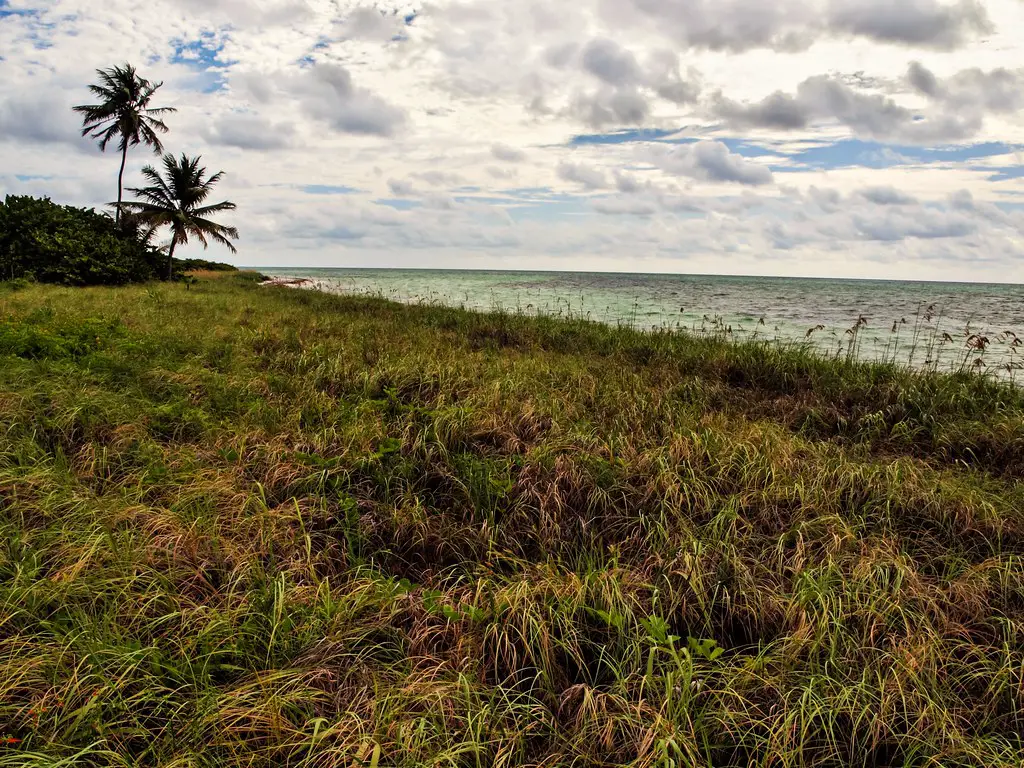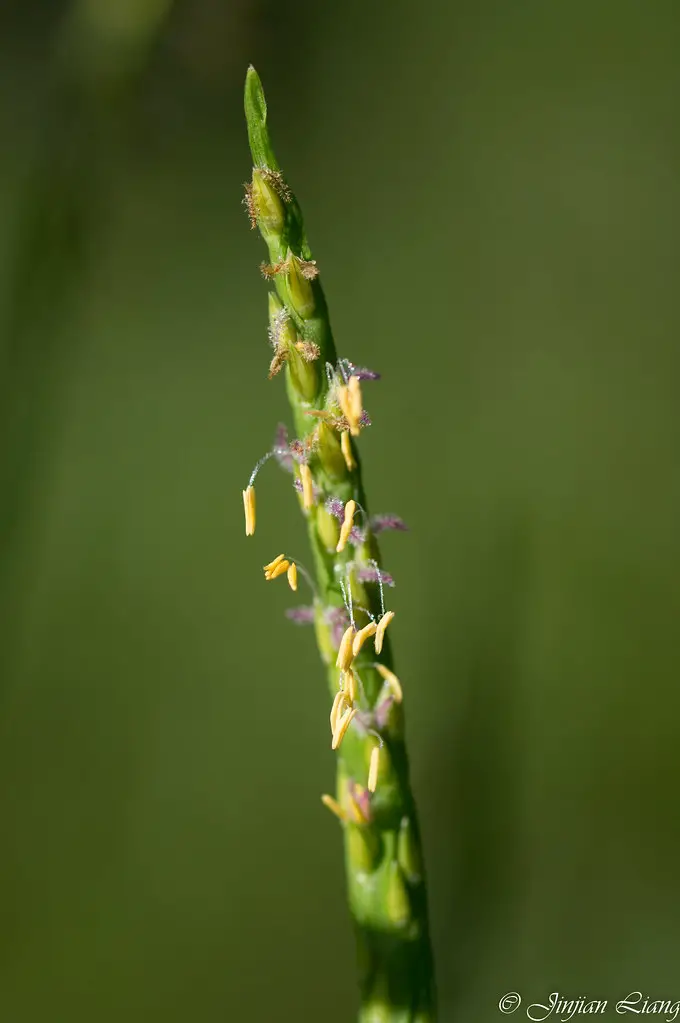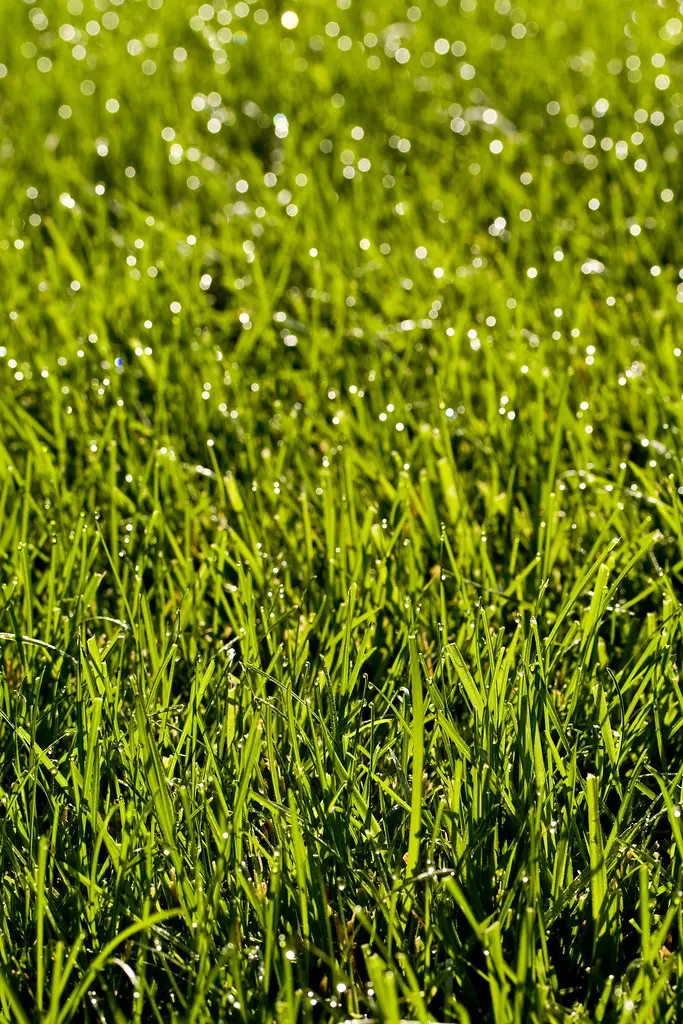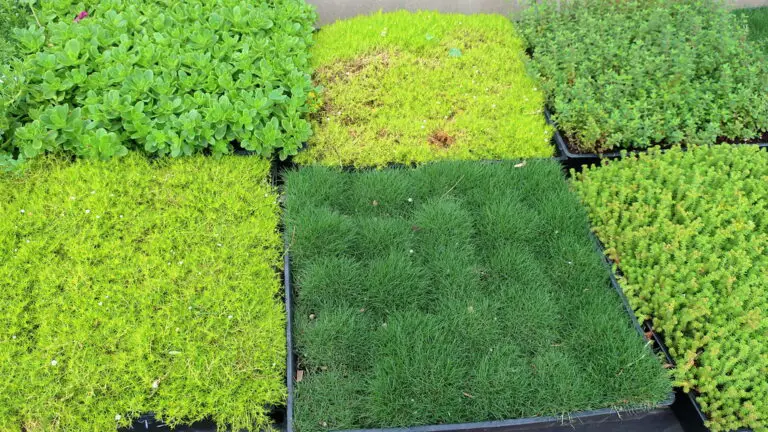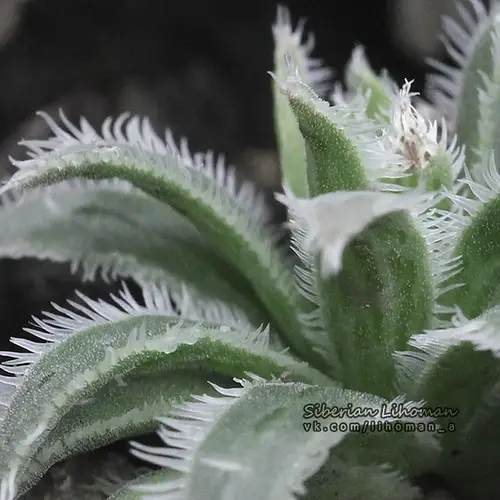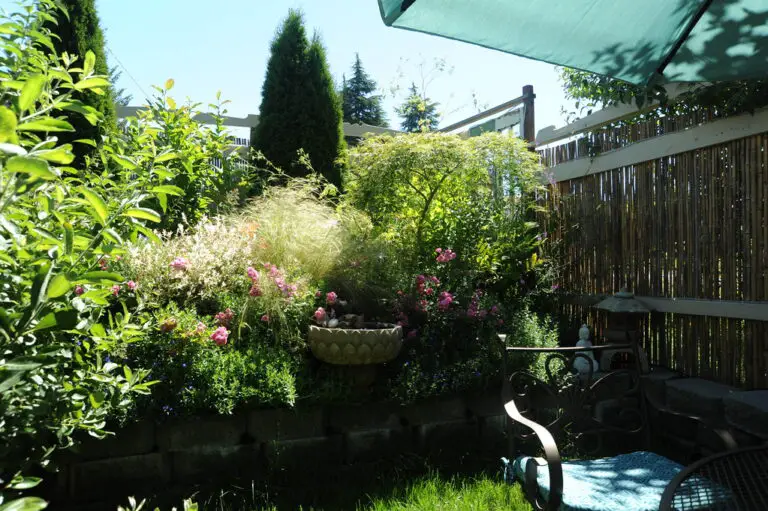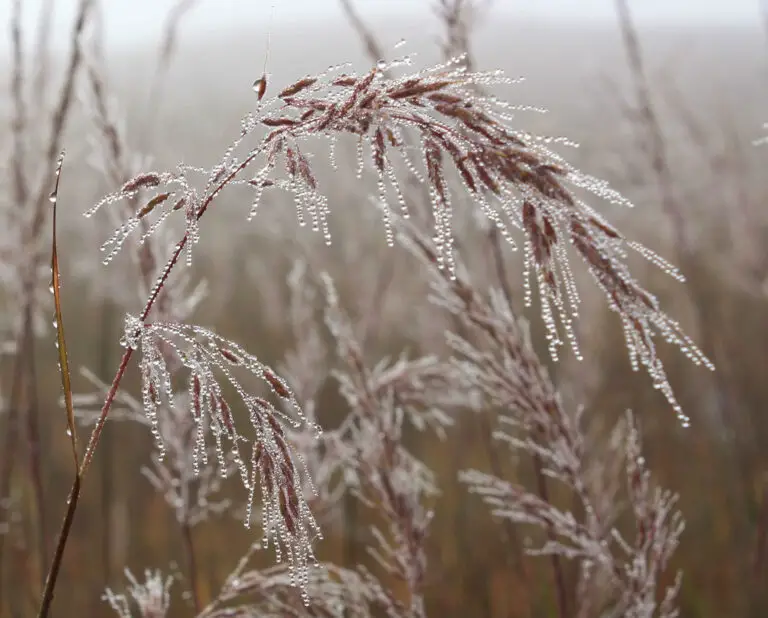Bahia Grass: Adding Warmth and Resilience to Garden Enthusiasts’ Landscapes
Garden landscaping is an art form, one where every plant is a brushstroke contributing to a collective, living masterpiece. For the green-thumbed and design-conscious, finding that perfect blend of aesthetic and practicality is a perpetual quest. Amidst the kaleidoscope of flora available, there exists a perennial grass that’s quietly catching the eye of landscape architects and home gardeners alike—Bahia Grass.
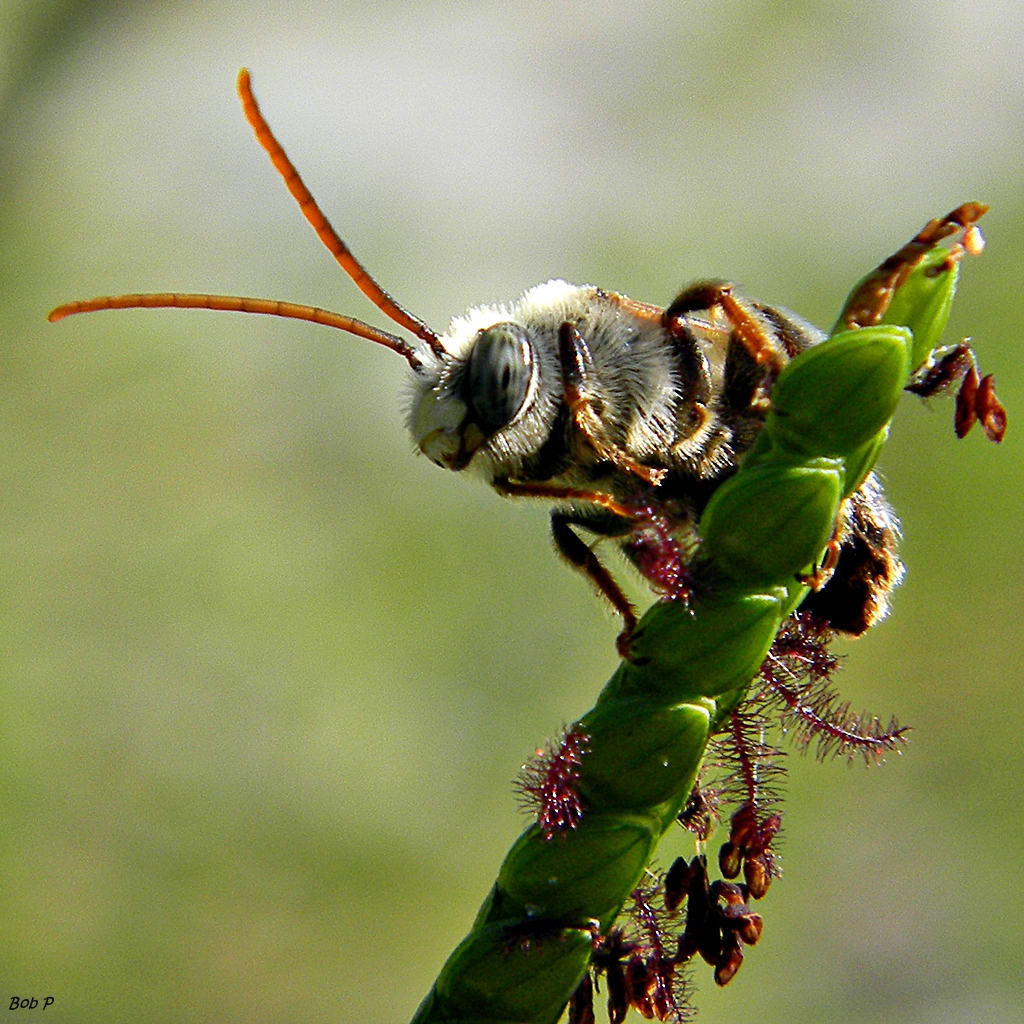
Introduction to Bahia Grass
Emerging as a star player in garden landscapes, Bahia Grass (Paspalum notatum) is native to South America and has become a versatile choice for residential lawns, parks, and sports fields. Its robust nature and distinct visual appeal make it an asset for anyone keen on creating sustainable and visually inviting garden spaces.
With its characteristic coarse texture and rich green hue, Bahia Grass offers warmth to any outdoor area. Its capacity to thrive under various conditions—from sandy soils to regions with high rainfall—means it’s not only a design choice but a practical one too.
Benefits of Bahia Grass
Garden enthusiasts are discovering a trove of benefits in choosing Bahia Grass for their landscapes.
Resilience in Various Climates
One of Bahia Grass’s most celebrated virtues is its resilience to both heat and drought. It doesn’t shy away from the challenges of harsh weather and continues to carpet the ground in a verdant expanse, providing a refreshing oasis even in the hottest months.
Low Maintenance Requirements
For those who love the outdoors but prefer not to spend all their free time pampering their lawns, Bahia Grass is a dream. It thrives with minimal care, requiring less watering and mowing than many other turf varieties.
Eco-friendly Properties
Bahia Grass is a champion in the eco-friendliness category—with its deep root system, it helps prevent soil erosion and creates a habitat for beneficial organisms. Its water-saving credentials make it a sustainable choice in regions where water conservation is paramount.
Cost-effectiveness
In the long term, the low maintenance and durability of Bahia Grass translate to significant cost savings. Its reduced need for watering and chemicals contributes to lower utility bills and less environmental impact.
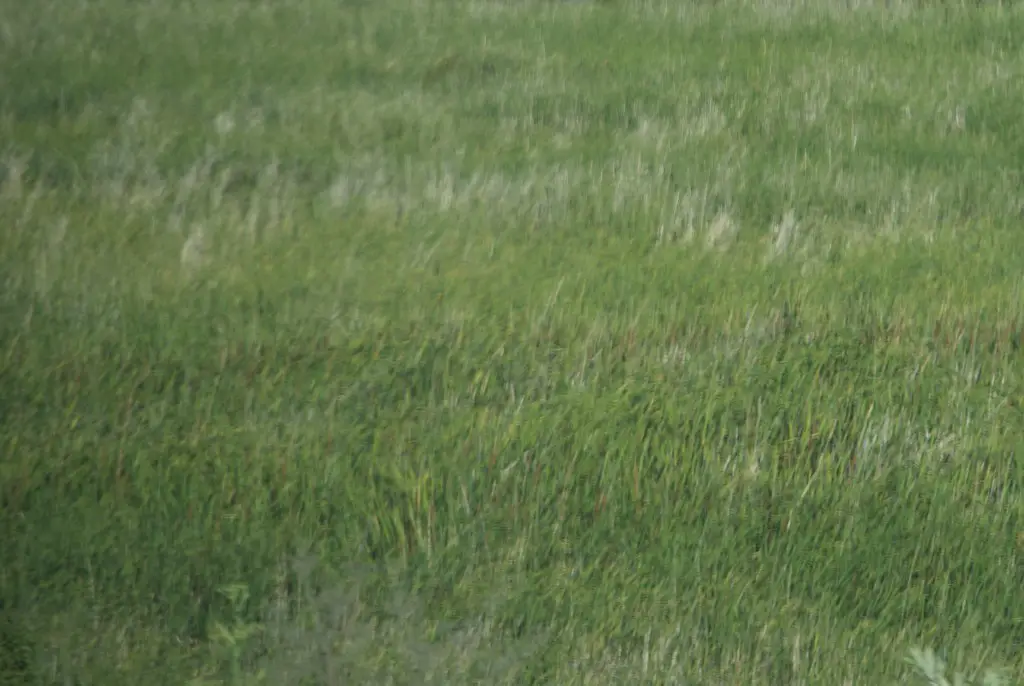
Cultivating Bahia Grass
While the benefits are clear, cultivating Bahia Grass successfully requires a bit of know-how.
Ideal Growing Conditions
Bahia Grass prefers a warm climate and will deliver its best performance when temperatures are consistently above 75 degrees Fahrenheit. It also favors full sun but is tolerant of partial shade. Ensuring proper drainage is essential, as soggy conditions can lead to problems with disease.
Seeding and Maintenance Practices
When planting Bahia Grass from seed, it’s crucial to follow best practices. This includes preparing the soil by testing and adjusting the pH, sowing the seeds at the correct depth, and maintaining adequate moisture for germination. Regular fertilization can help Bahia Grass develop a deeper root system and improve its tolerance to stress.
Common Challenges and Solutions
The most common challenge when growing Bahia Grass is managing its tendency to produce high seed heads, which some may find unattractive. Mowing at the recommended height and frequency can help control this. Additionally, incorporating endophyte-enhanced varieties can reduce insect damage and the need for pesticides.
Design Ideas Incorporating Bahia Grass
The versatility of Bahia Grass lends itself to a myriad of design possibilities, from traditional lawn applications to more creative landscaping.
Landscaping Inspiration
In larger, open spaces, Bahia Grass can be used to create a naturalistic effect that echoes the beauty of meadows. Its feathery seed heads and gentle nodding habit are especially picturesque in the breeze. For a more formal look, Bahia Grass can be planted in defined areas bordered by hardscape or other plantings to highlight its texture and color.
Complementary Plant Pairings
When designing with Bahia Grass, consider plant pairings that enhance its features. Ornamental grasses that share its robust nature, like Purple Fountain Grass or Muhlenbergia capillaris, create a harmonious blend. Succulents and drought-tolerant flowers also make excellent companions, their varied forms and colors adding interest to the landscape.
Creative Usage in Different Garden Styles
From seaside gardens, where Bahia Grass’s tolerance for salt spray and sandy soils is a boon, to xeriscapes, where its adaptability to arid conditions is vital, Bahia Grass adapts to a wide range of garden styles. It can also be woven into the fabric of more contemporary or minimalist designs, providing a grounding element that balances the aesthetic.
Conclusion
For garden enthusiasts seeking a blend of beauty and brawn, Bahia Grass offers an exciting proposition. Its ability to withstand the elements while remaining virtually fuss-free makes it an ideal addition to any landscape, large or small. With the right cultivation and thoughtful design, Bahia Grass can bring an enduring warmth to your outdoor spaces, proving that sometimes the most remarkable gardens are those that balance practicality with poetry.
Encouragement for garden enthusiasts to explore its use, learn more about growing practices, and consider Bahia Grass as a key component in their next landscaping project.

